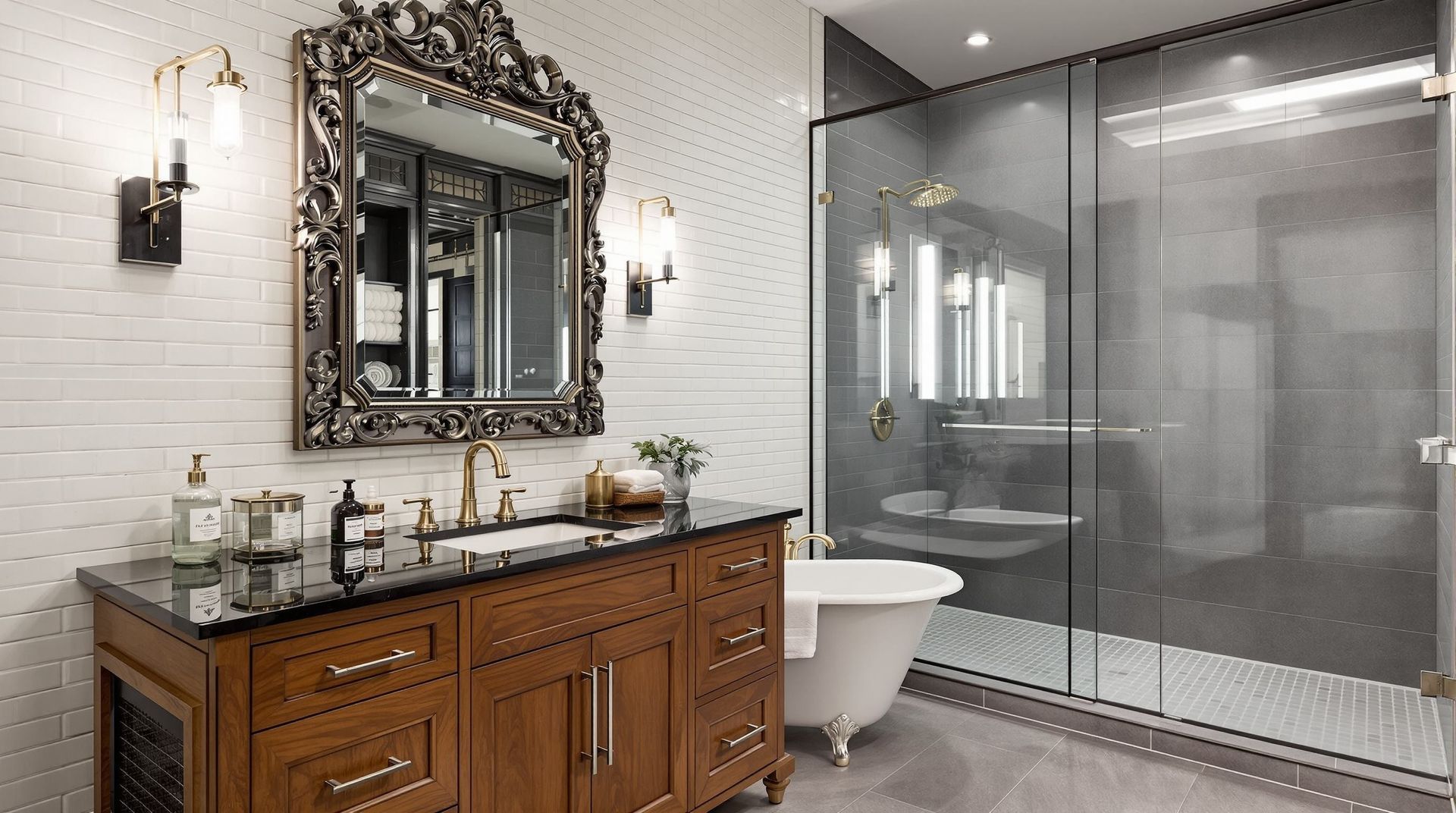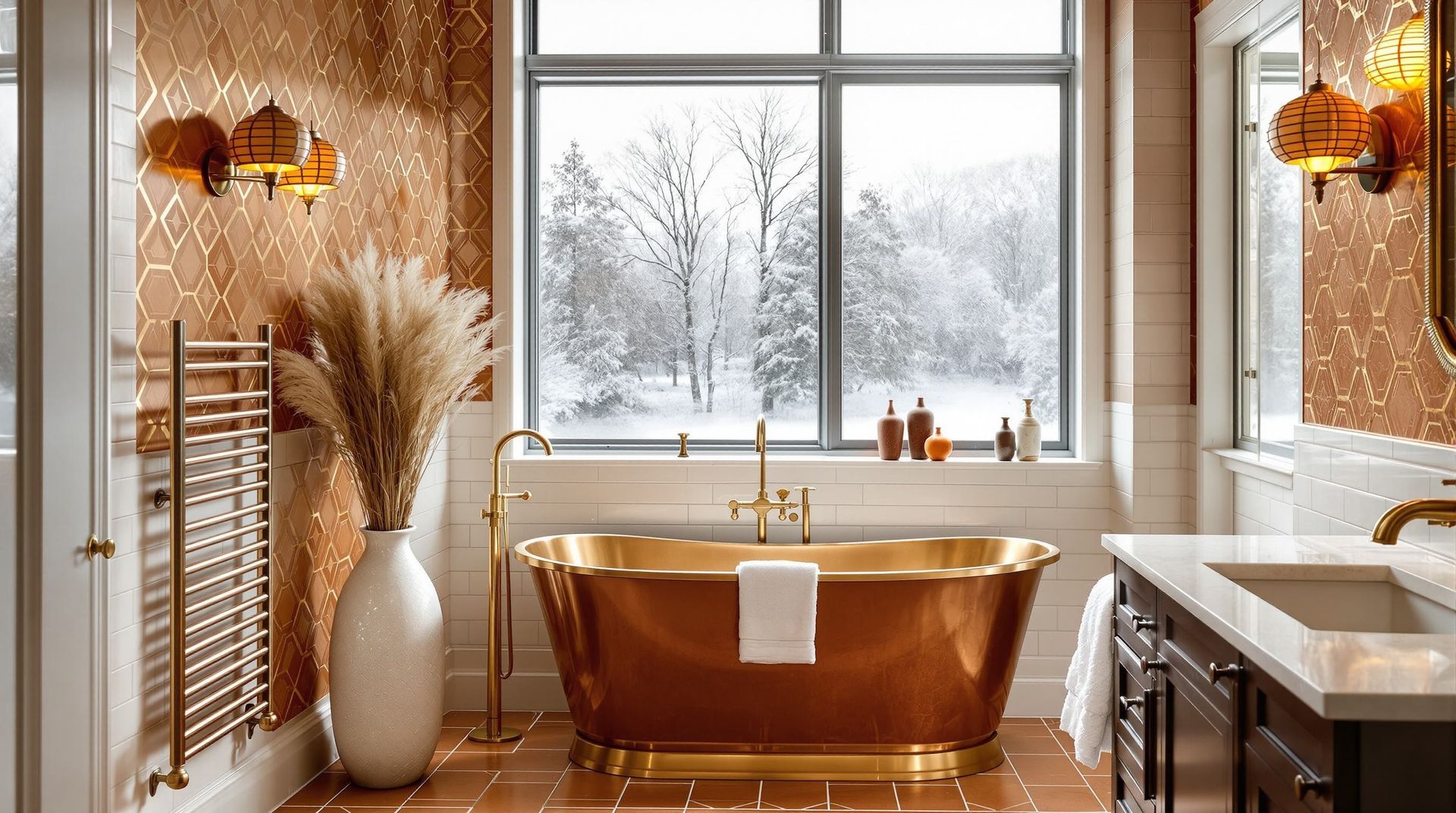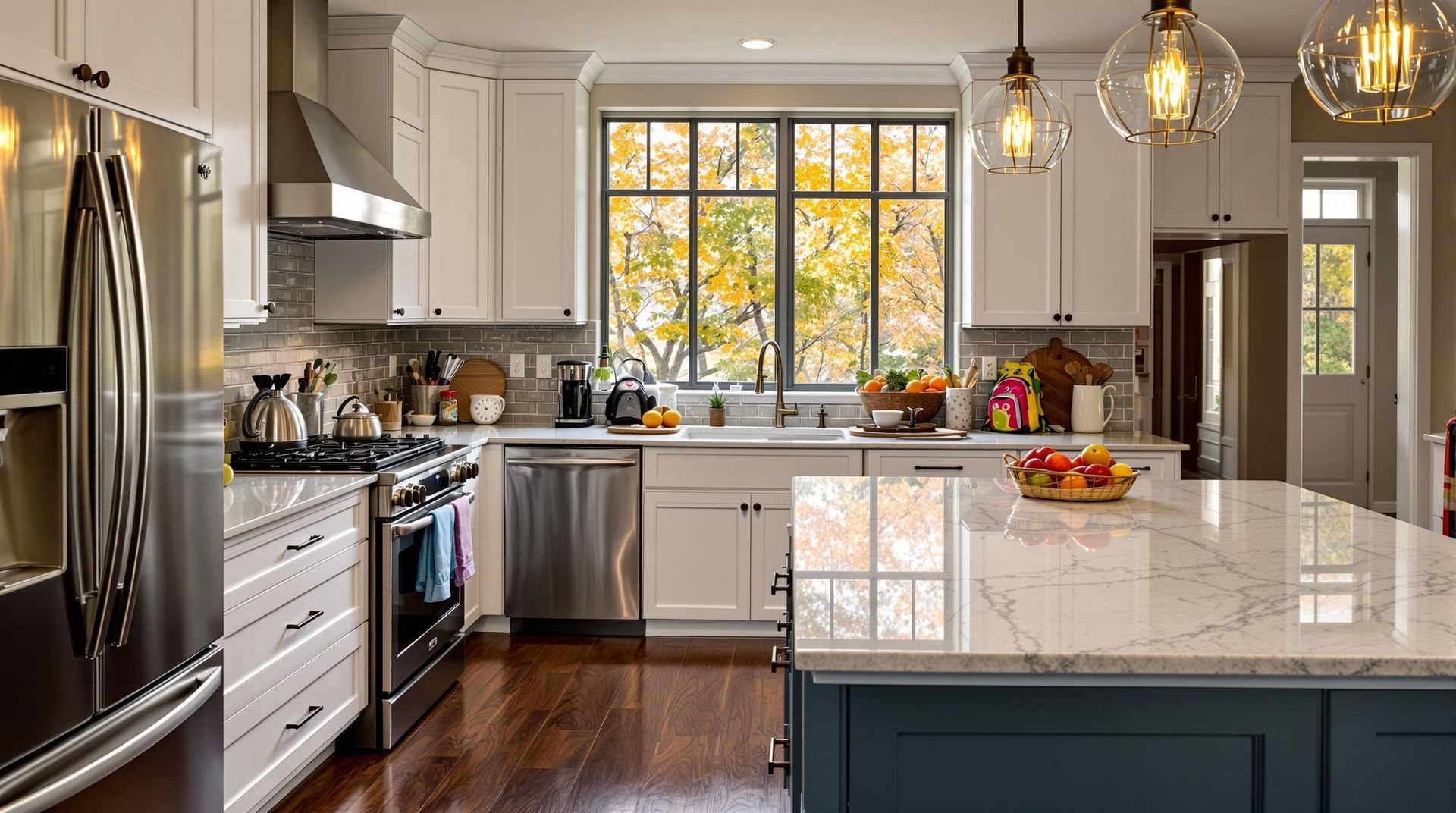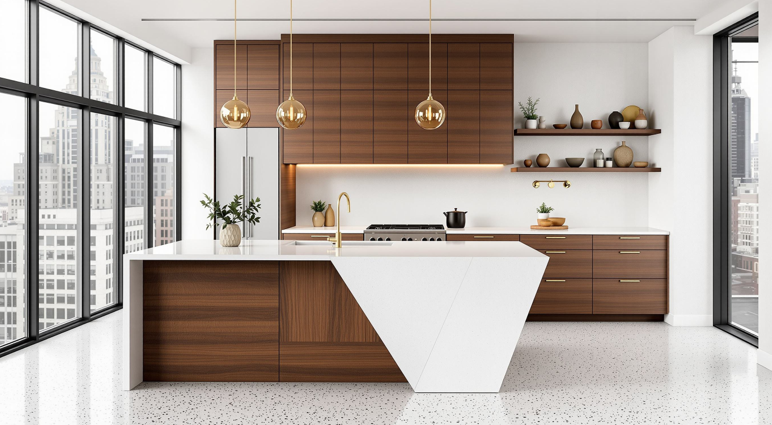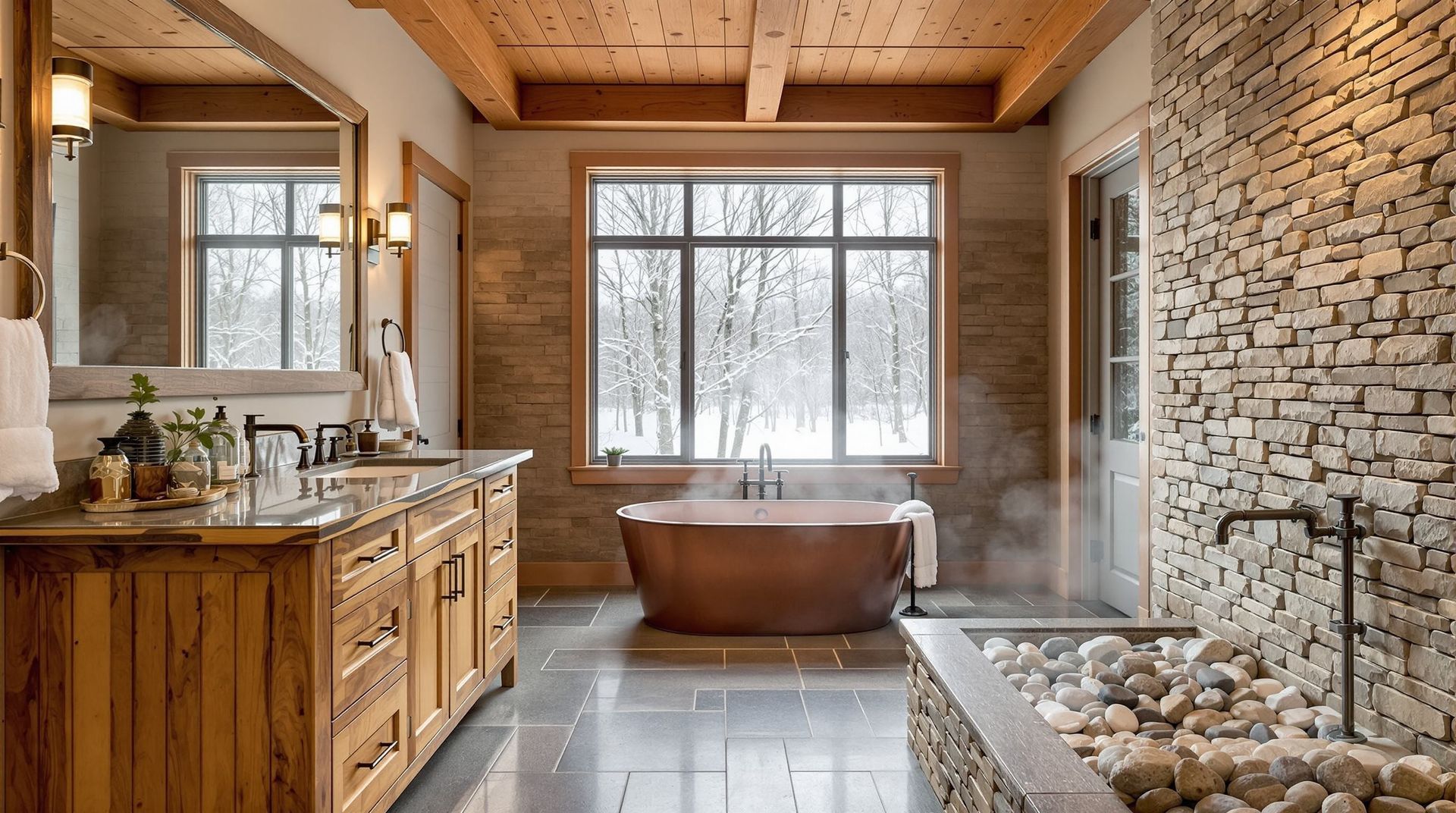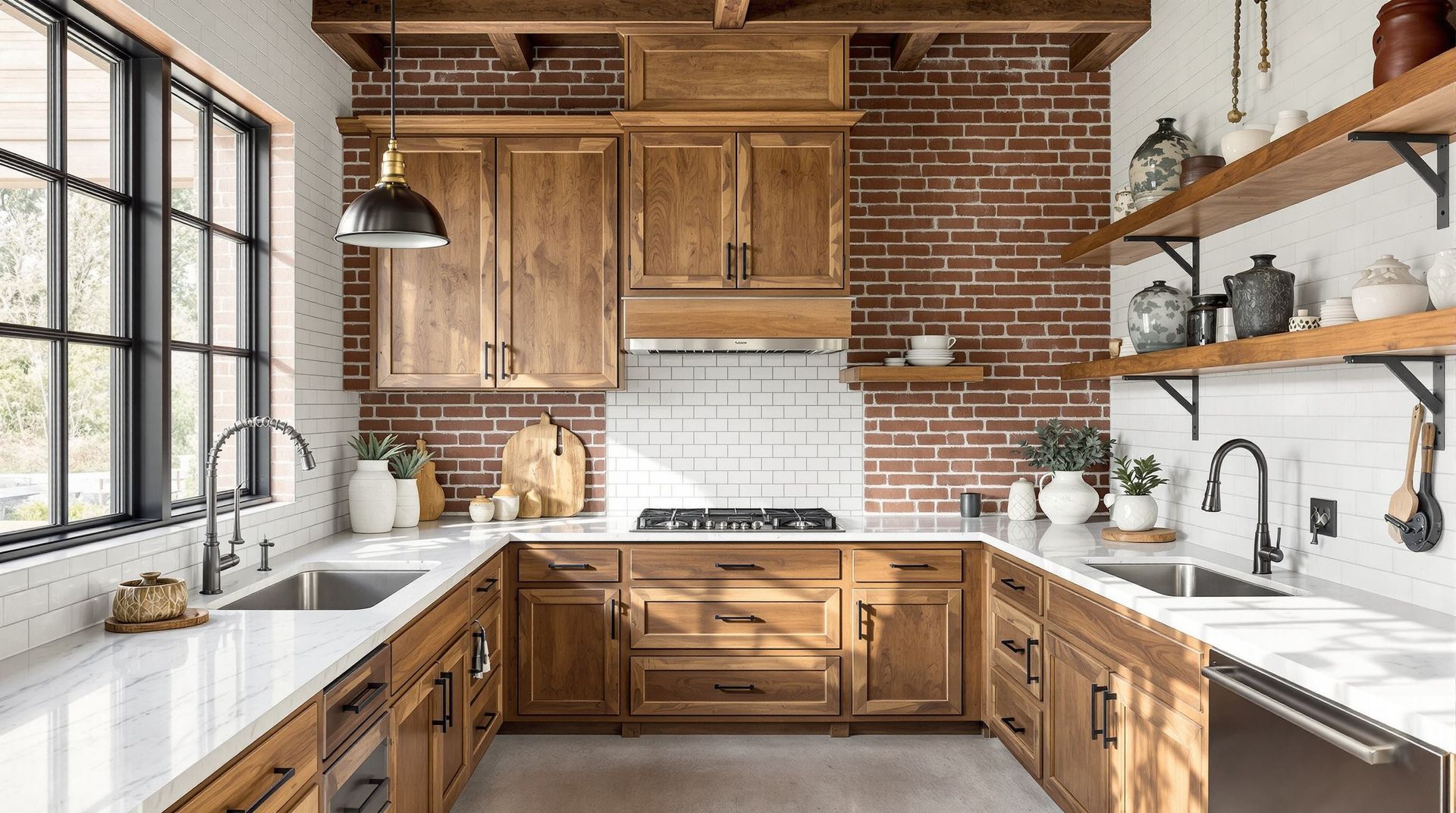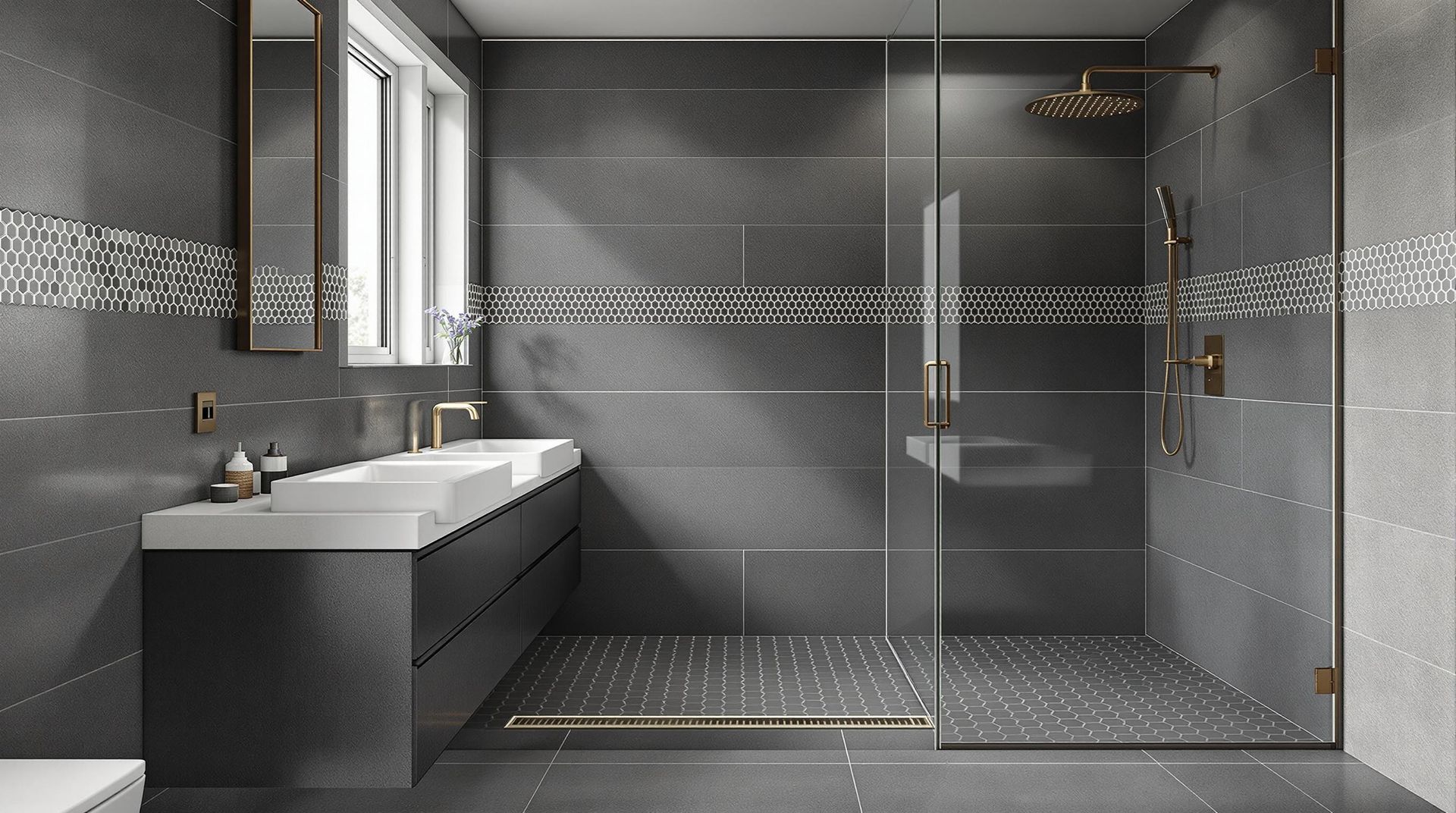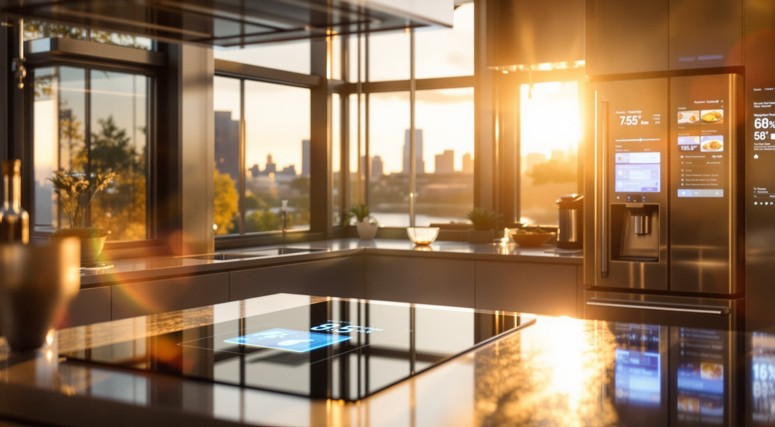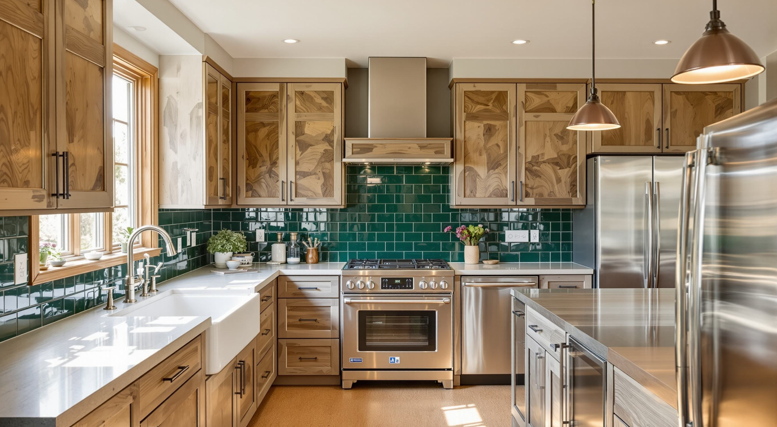How to Choose Durable and Stylish Surfaces for Pittsburgh, PA Kitchens and Bathrooms
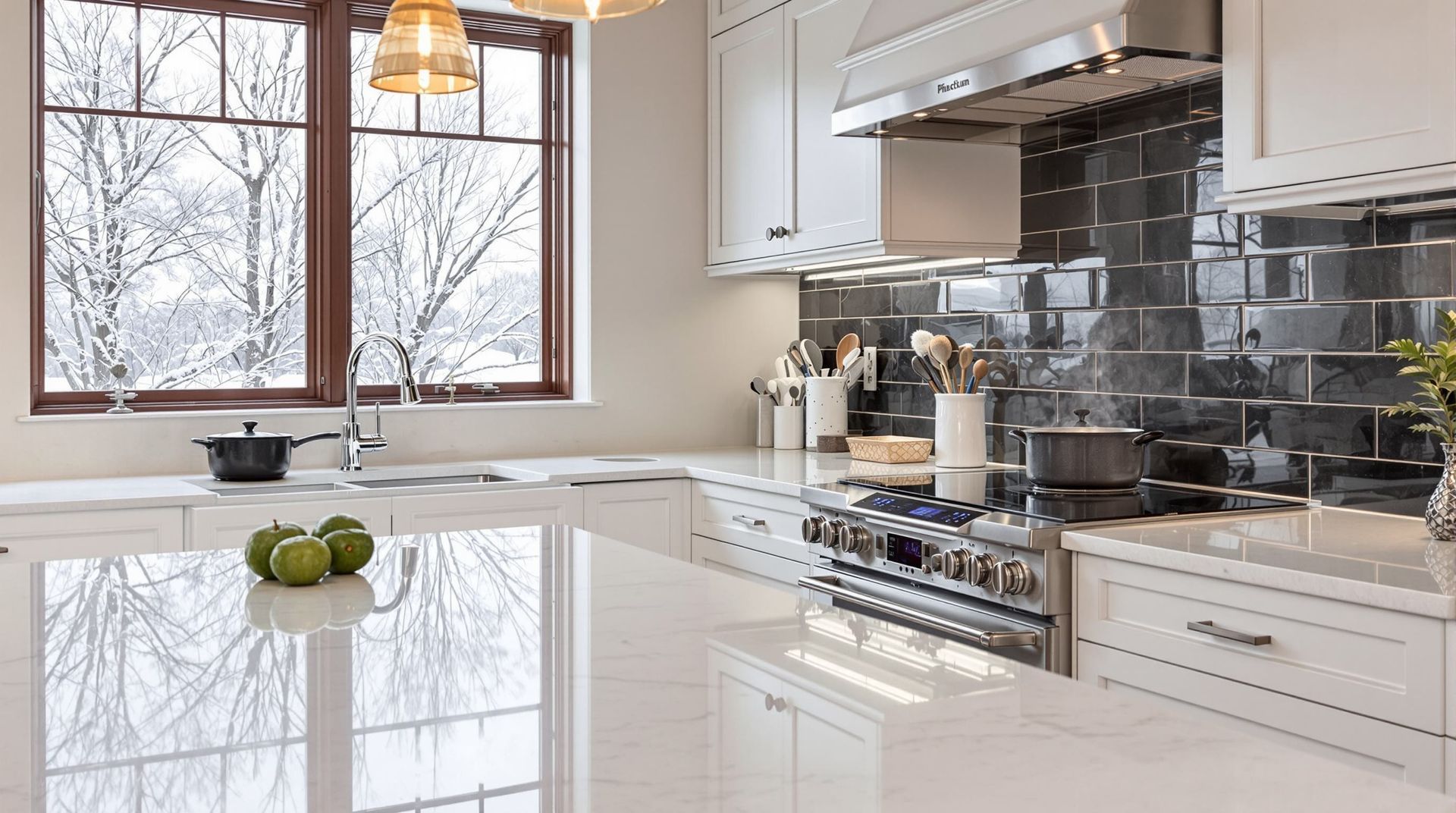
Choosing surfaces for your kitchen or bathroom is one of the most important design decisions you’ll make. These rooms work harder than any other space in the home, from busy morning routines to family dinners and weekend cleanups. The right materials should handle daily use gracefully while maintaining a look you’ll love for years.
In Pittsburgh, homeowners face unique challenges when it comes to remodeling. Older homes often come with uneven walls, narrow layouts, and original materials that are long past their prime.
Our climate also plays a role, with humid summers and freezing winters that can affect how surfaces wear over time. Understanding these factors before choosing materials helps ensure your new space stays beautiful and functional.
In this guide, we’ll walk through how to evaluate durability, balance it with style, and find surfaces that work best in Pittsburgh kitchens and bathrooms. Whether you’re updating a South Hills kitchen or modernizing a Lawrenceville bath, these tips will help you choose finishes built to last.
What Makes a Surface Durable and Why It Matters
We define durability by how well a surface stands up to real life. Kitchens and bathrooms deal with constant moisture, heat, and impact. A durable countertop, floor, or vanity top should resist scratches, staining, and warping, even with years of use.
Many homeowners focus first on how something looks, but performance matters just as much. For example, marble is stunning but porous and can etch easily if you cook often or use strong cleaning products. Quartz, on the other hand, gives you similar elegance with far less maintenance.
Durable surfaces protect your investment and keep your remodel looking new longer. Spending time on this decision up front saves you from premature replacements or repairs later.
Balancing Durability with Style
A durable material doesn’t have to look industrial or plain. The best designs balance strength and beauty, creating a space that feels both inviting and practical. Modern materials now offer countless color options, textures, and finishes that fit any design preference.
If you love clean, modern lines, quartz provides a polished appearance and consistent patterning that suits contemporary homes. For those drawn to a natural, timeless look, granite or soapstone can add character and warmth. Each choice contributes differently to the overall mood of your space.
Think about how you use each room. If your kitchen is a busy hub for cooking and entertaining, choose matte finishes to disguise fingerprints and light wear. If you want your bathroom to feel like a spa, consider surfaces with soft veining and subtle sheen to reflect light beautifully.
From Classic to Contemporary: Surface Options That Last
Once you know your priorities, it’s time to explore materials that offer both durability and design flexibility. Here are some top choices we often recommend for Pittsburgh homes:
Quartz
Quartz is one of the most practical options for both kitchens and bathrooms. It’s engineered for durability, resists stains and scratches, and doesn’t need sealing. Because it’s nonporous, it’s also hygienic and easy to clean, making it ideal for families or anyone who cooks often.
Granite
Granite remains a favorite for homeowners who want the depth and natural variation of stone. It’s heat resistant and extremely long-lasting. The only maintenance it requires is periodic sealing to prevent staining. Its unique patterns make every countertop one of a kind.
Porcelain and Ceramic Tile
Tile is an excellent choice for floors, backsplashes, and shower walls. Porcelain in particular is dense and water resistant, which helps it perform well in Pittsburgh’s changing climate. With designs that mimic marble, wood, or cement, tile can easily bridge classic and contemporary styles.
Solid Surface and Laminate
These materials offer creative design flexibility without a premium price tag. Solid surface countertops can be repaired and refinished over time, while laminate technology has improved to include realistic stone and wood looks. They’re smart options for laundry rooms, guest baths, or budget-friendly remodels.
Custom Wood Accents
Wood adds warmth and contrast when used thoughtfully. Butcher block islands or wood-trimmed vanities bring a welcoming, organic touch. With proper sealing and care, these features age gracefully and add character to any space.
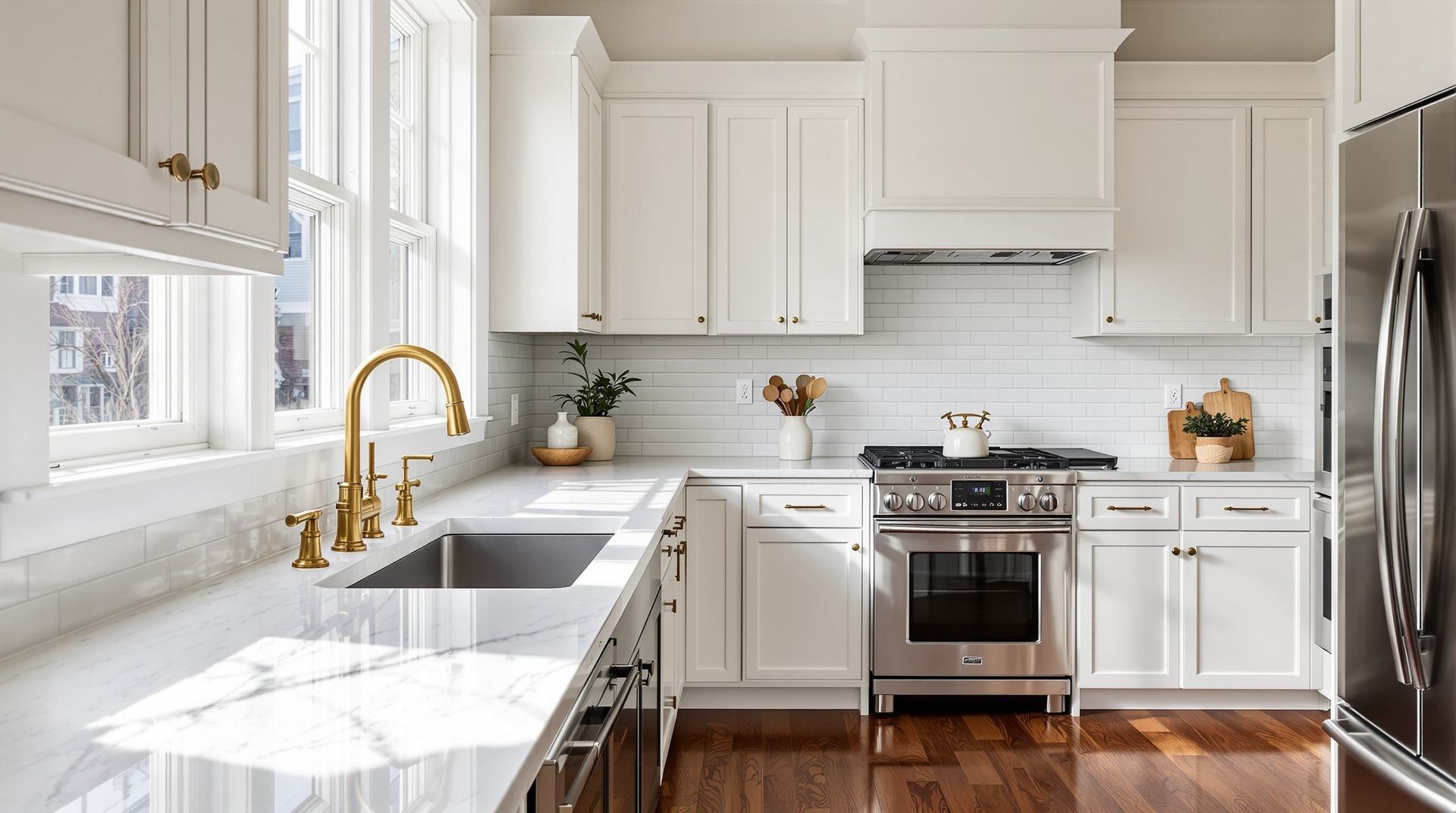
Local Considerations for Pittsburgh Homes
Every region presents its own remodeling challenges, and Pittsburgh is no exception. Many local homes were built in the early to mid-1900s, which means they often have uneven subfloors, narrow stairways, and plaster walls. These details can affect material selection and installation planning.
Our city’s climate also plays a big role. Humid summers and dry winters cause materials to expand and contract slightly. Porcelain tile, quartz, and engineered stone handle these shifts better than softer natural stones or unsealed wood. Understanding how materials respond to local conditions helps avoid cracking or warping over time.
How to Confidently Choose the Right Materials
With so many options available, narrowing down the right combination can feel overwhelming. A few focused questions can make the process much simpler.
Here’s a quick checklist to guide your decision:
- Assess how heavily the space is used each day.
- Decide how much maintenance you’re comfortable with.
- Match each material to your home’s overall style.
- Ask about performance in Pittsburgh’s climate conditions.
- Consult with a professional design team for layout and installation coordination.
When planning a larger update, our Kitchen Remodeling services allow you to see and compare surface options side by side in our showroom. Viewing materials in person helps homeowners visualize how colors, textures, and finishes will interact with lighting and cabinetry in their own spaces.
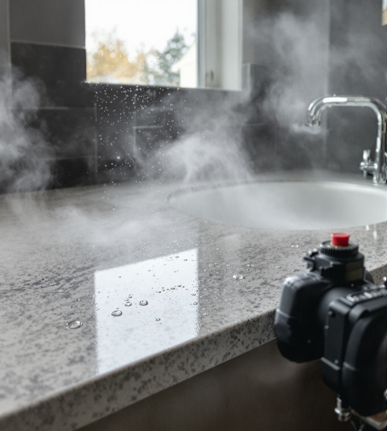
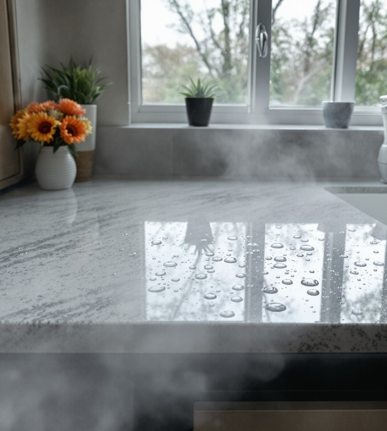
Bringing It All Together
The most successful kitchen and bathroom designs blend practicality with personality. Combining materials can create a layered, custom feel—like pairing a quartz countertop with a porcelain backsplash or adding a wood accent to a tile floor. Small contrasts in color or texture can make a room feel more dynamic and balanced.
We often guide clients to start with a neutral, durable foundation and then introduce statement materials or finishes for depth. This approach keeps the design timeless and easier to refresh in the future. Good design is not about using the most expensive material, it’s about making smart choices that feel cohesive and personal.
Conclusion
Choosing surfaces is about more than just appearance. It’s about finding materials that fit your lifestyle, perform well in Pittsburgh’s climate, and complement your home’s character. When durability and design come together, your kitchen or bathroom becomes a space that serves you beautifully every day.
At Jacob Evans, we help homeowners make confident, informed choices about the surfaces that shape their homes. Our design experts guide every step, from material selection to final installation so you can enjoy a space that looks great and lasts. To explore ideas or start planning your next project, visit our Bathroom Remodeling page.



